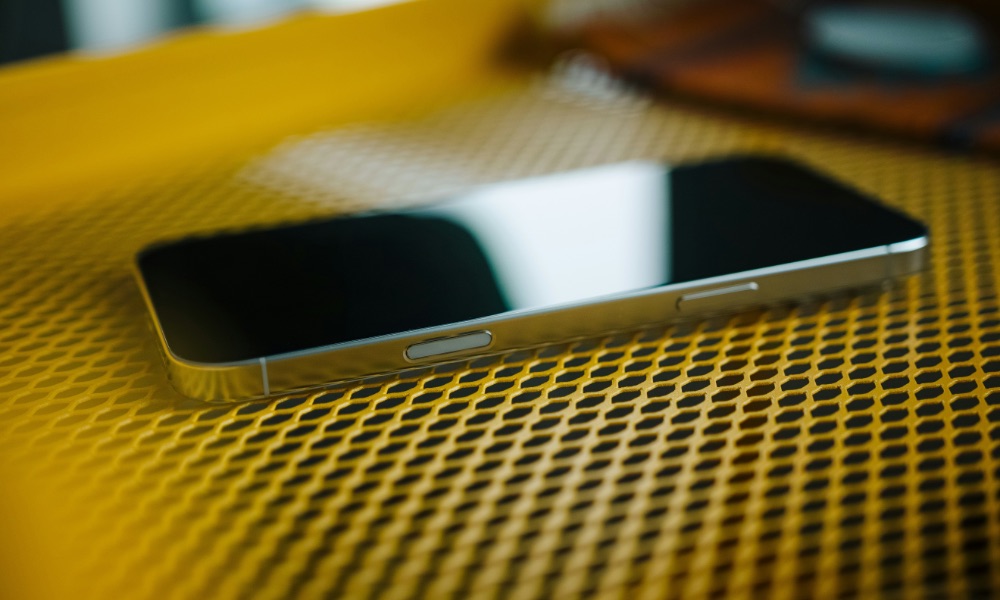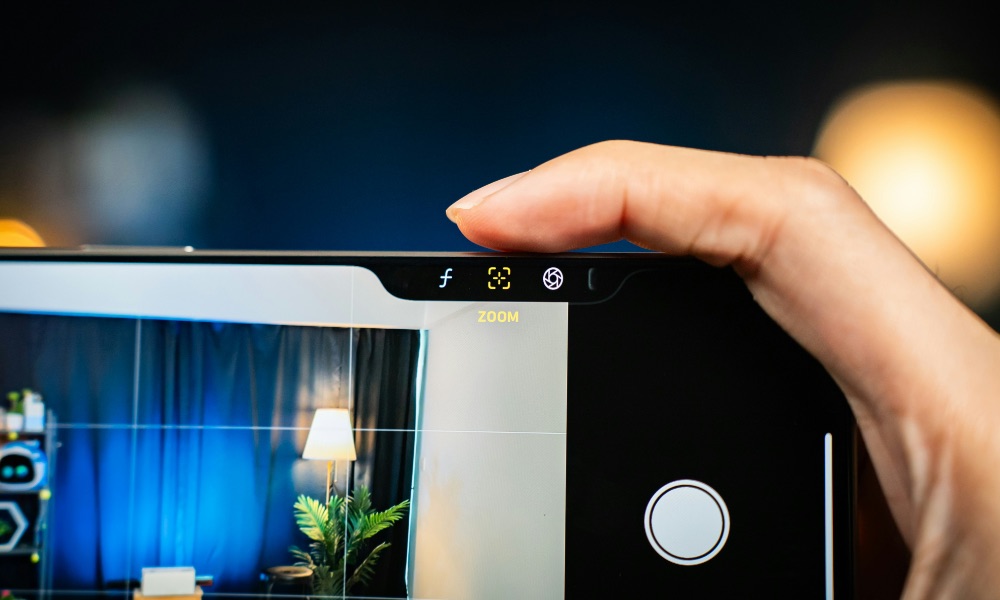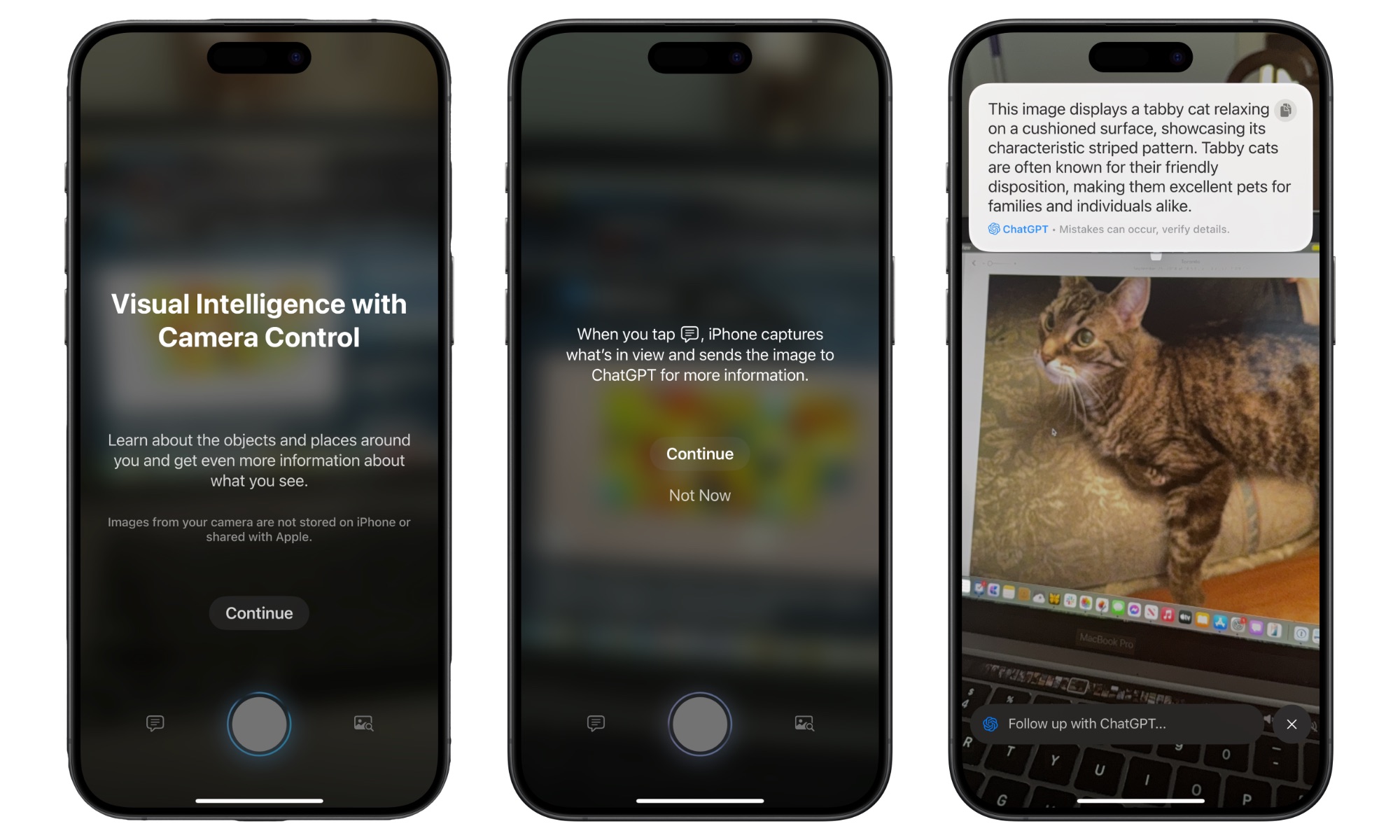The Camera Control Isn’t Going Away — It’s Getting Better
 Semeon Hrozian
Semeon Hrozian
Toggle Dark Mode
Following a report this week that the iPhone Camera Control could go the way of 3D Touch and be cancelled after this year’s iPhone 17 lineup, another established leaker has weighed in with a dissenting opinion — and an alternate explanation for the confusion.
The initial report on the demise of the Camera Control came from a leaker who goes by variations on the name “OvO” with a fairly spotty track record. That would have been enough to easily dismiss the suggestion, but Apple has proven it isn’t afraid to kill off new UI features to cut costs if they turn out to be less popular than anticipated — and Camera Control was met with a relatively lukewarm reception.
Nevertheless, the report left plenty of room for skepticism. It was seemingly based on the leaker hearing that Apple had told its suppliers it didn’t plan to order any more components related to the Camera Control. However, as we said in our earlier report, that’s not the only possible conclusion. Apple could be switching suppliers or changing the nature of the Camera Control in some way that would require a substantially different set of components.
Now, a leaker with a more reliable track record has chimed in to confirm that it’s the alternative interpretation: that Apple is working on new pressure-sensitive models for the iPhone 18 series that are currently in trial production.
In a new Weibo post, Setsuna Digital (aka Instant Digital) responds to OvO’s claim by saying that Apple has stopped ordering camera control button components simply because it’s switching to an entirely new design. It’s not that OvO had the wrong information; the leaker merely drew the wrong conclusions from that data.
Instead, Apple is going with a new design that will remove the capacitive feature of the button in favor of one that relies solely on pressure sensing. The redesigned Camera Control will reportedly still support all the same functions, including both partial and full presses as well as sliding to adjust settings and features.
The lack of a capacitive layer means the new Camera Control would no longer be able to detect simple touches. That would have some impact on the current user experience, but it’s unlikely to be significant. Pressure sensitivity would be used for this instead, which might require slightly more pressure on the button, but should deliver the same slide gesture capabilities, as Instant Digital notes that it will be similar to the design that Chinese smartphone maker Oppo uses on its higher-end phones.
The report cites Apple’s motivation for the change as ultimately being about cutting costs, as the current solution is inordinately expensive, not just to manufacture, but also to repair and service. It makes sense that a simple pressure-sensitive button is far more cost-effective than a fancier capacitive one.
It’s unclear whether the Camera Control design was simply over-engineered or if Apple had broader ambitions for it that never came to fruition. However, even its secondary role in triggering Visual Intelligence doesn’t require any capacitive features, as that’s a solid long press and hold gesture. The most relevant part of the touch-sensitive button is arguably the most controversial: the swipe gestures used to adjust camera settings. However, it’s also possible that a pressure-sensitive button could be the answer to making these work better, as the current implementation is a bit finicky.
It’s worth noting that not only does Instant Digital have a better track record for leaks in general, but they were also one of the first leakers to shed light on Apple’s plans for the original Camera Control in 2023, as well as its other work on solid-state and capacitive iPhone buttons, suggesting that they’re uniquely plugged into that part of Apple’s supply chain.
[The information provided in this article has NOT been confirmed by Apple and may be speculation. Provided details may not be factual. Take all rumors, tech or otherwise, with a grain of salt.]









